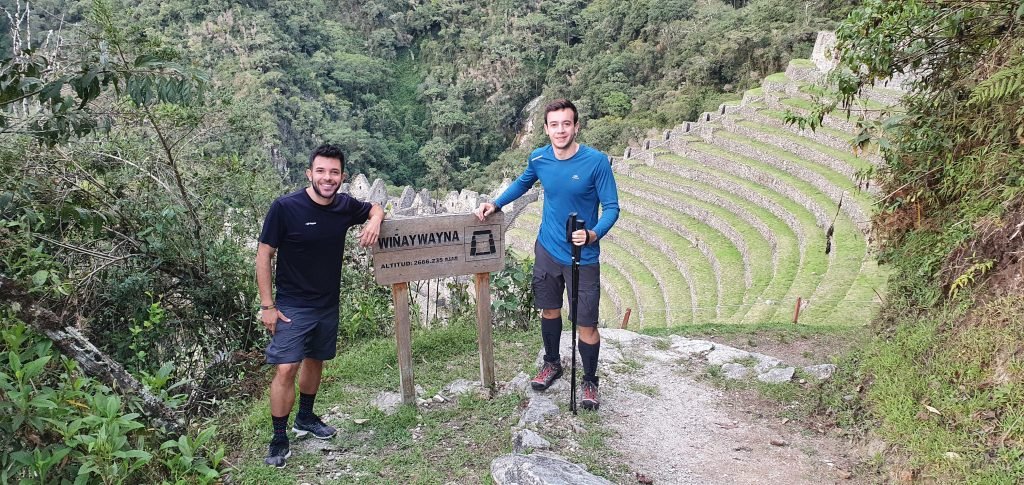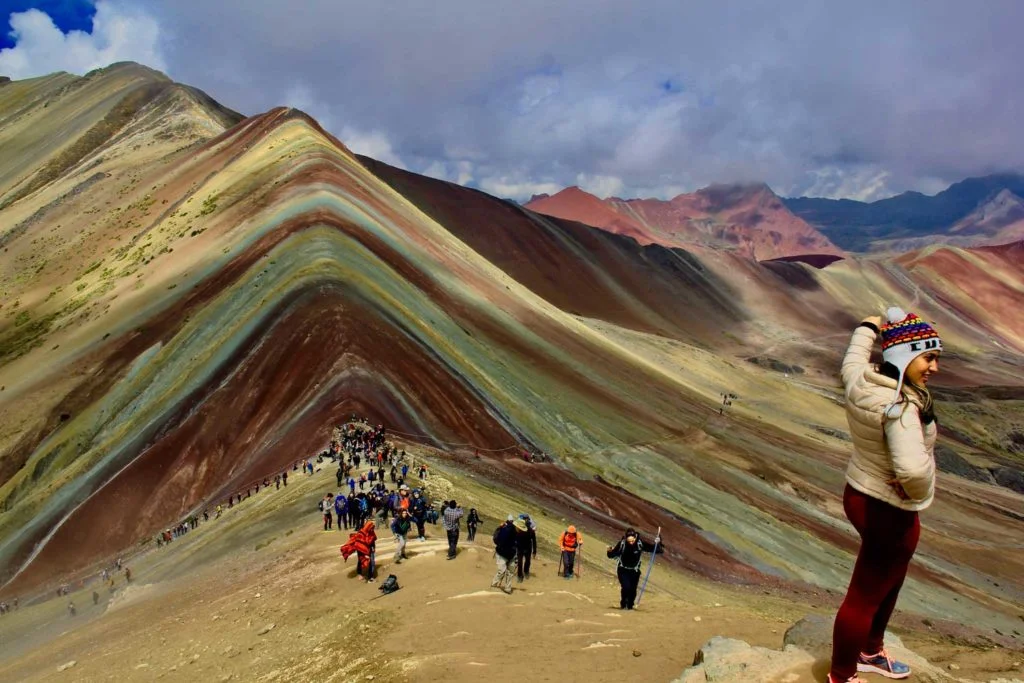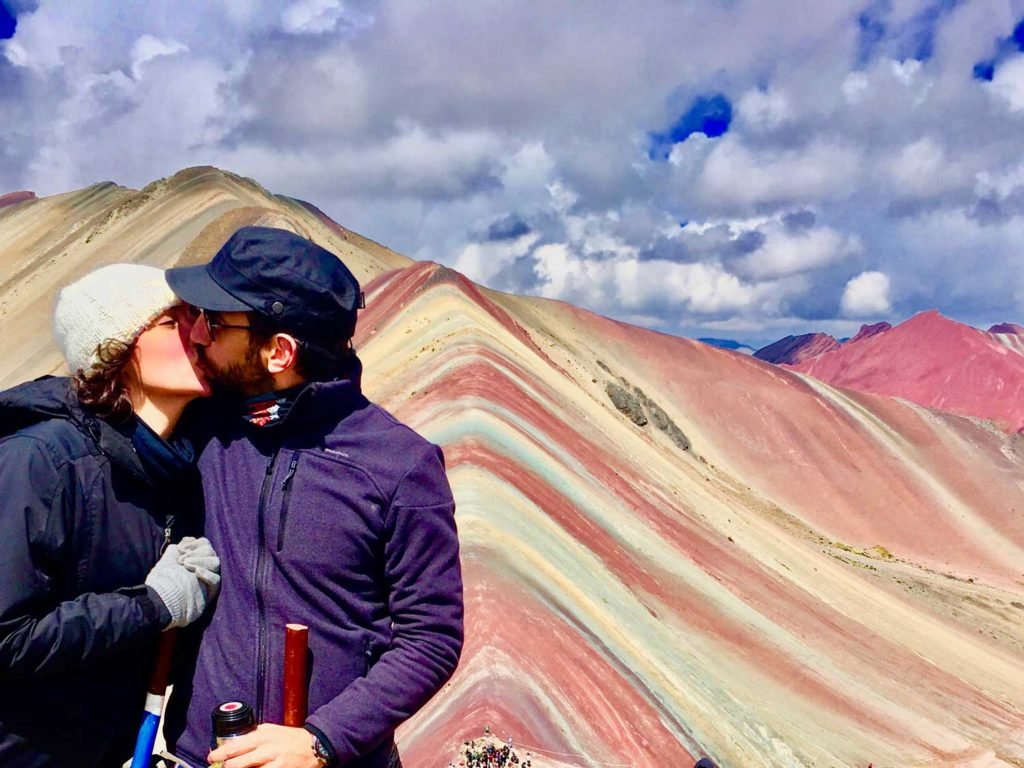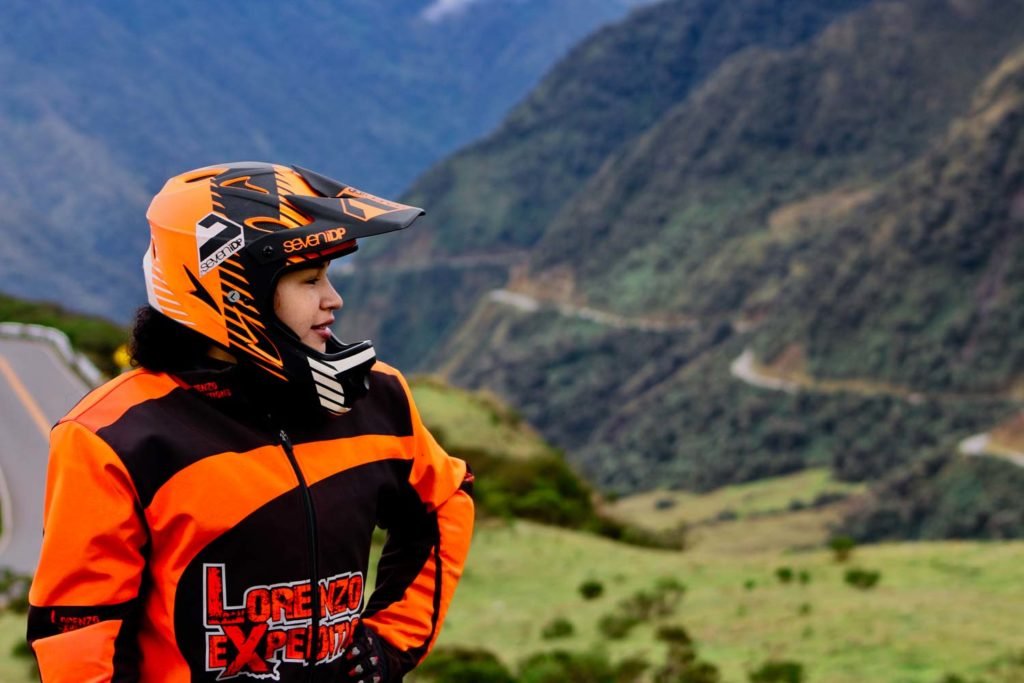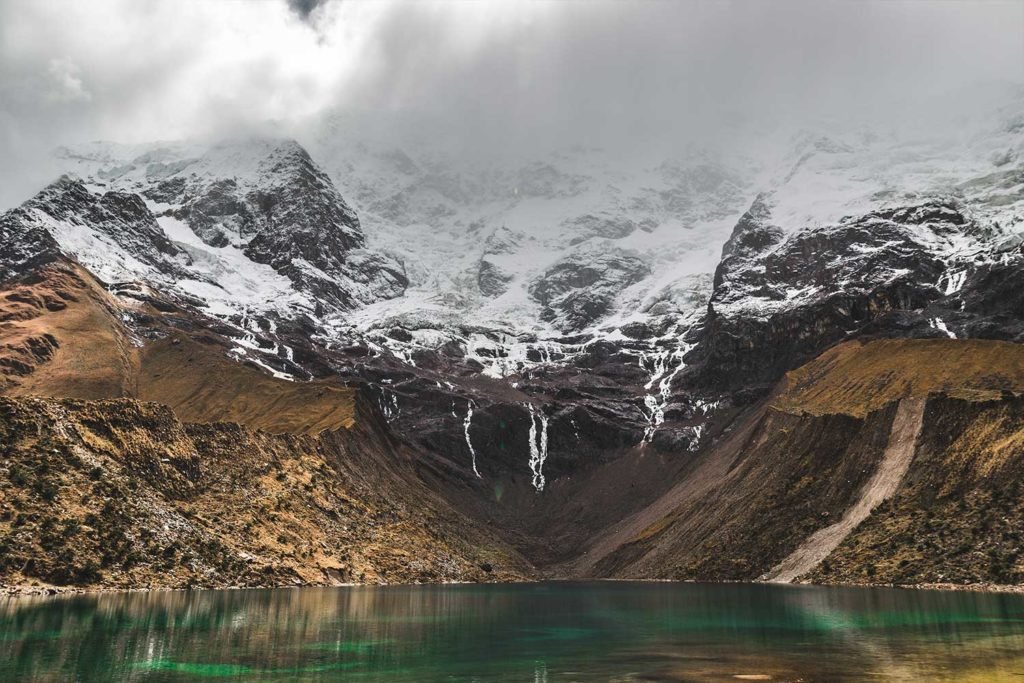Are you thinking about hiking the Inca Trail in September? This month offers special conditions that can turn your adventure into an unforgettable experience. September is one of the best times to trek this famous trail, as it combines good weather with fewer tourists. Below, we explain everything you need to know about the weather, practical tips, and what to expect during your trip.
Weather on the Inca Trail in September
September marks the transition between the dry season and the rainy season in the Cusco region. During this month, you can expect:
- Daytime temperatures: Between 12°C and 20°C (54°F to 68°F), perfect mild weather for hiking.
- Nighttime temperatures: Can drop to 2°C (36°F), so bring warm clothing.
- Rainfall: Although most days are dry, the first rains may appear toward the end of the month.

Advantages and Disadvantages of Hiking the Inca Trail in September
Before planning your trip, it’s important to know the pros and cons of hiking the Inca Trail in September.
Advantages:
- Fewer tourists: Compared to the busiest months, September has fewer visitors, allowing you to enjoy the archaeological sites more peacefully.
- Nature at its best: The first rains cause plants to bloom, including orchids and ferns, creating stunning landscapes.
- Pleasant weather: Moderate daytime temperatures make hiking more comfortable.
Disadvantages:
- Unexpected rain: Although not frequent, rain can occur, especially toward the end of the month.
- Mosquitoes: Humidity increases the presence of insects, so don’t forget to bring repellent.
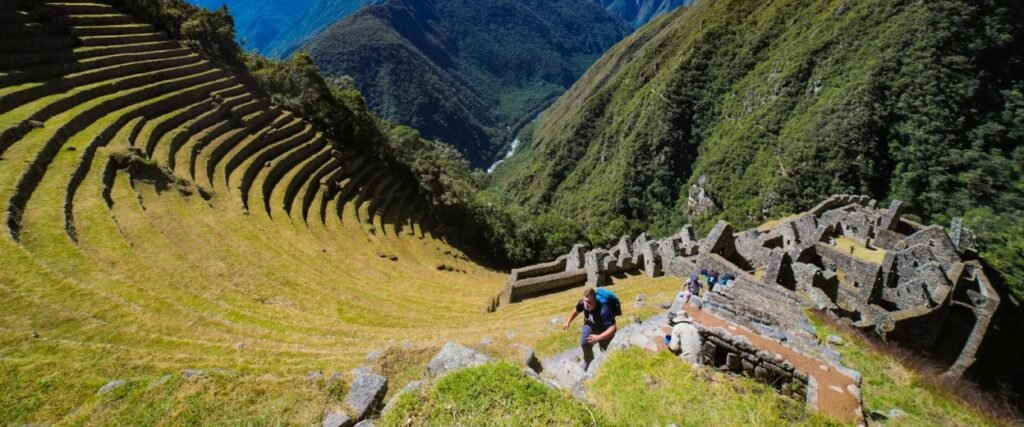
Tips for the Inca Trail in September
To make your adventure as enjoyable as possible, follow these tips:
- Book in advance: Even though there are fewer people, permits are limited, so secure your spot months ahead.
- Bring the right gear: Include waterproof clothing, thermal layers for cold nights, and sturdy hiking boots.
- Insect protection: Bring repellent and consider wearing long-sleeved clothing.
- Get in shape: Go on hikes and do cardio exercises before your trip to be physically prepared.
- Acclimatize: Arrive in Cusco at least two days early to adjust to the altitude and avoid altitude sickness.
Inca Trail in September
During your trip in September, you can expect:
- Green and blooming landscapes: Light rains and sunshine make the vegetation look its best.
- Fewer crowds: You’ll enjoy the campsites and trails with more tranquility.
- Changing weather: Warm days, cold nights, and the possibility of rain toward the end of the month.
What to Expect on the Inca Trail in September

1. Routes and Archaeological Sites
The classic 4-day, 3-night Inca Trail starts at km 82 and takes you through impressive archaeological sites like Llactapata, Runkurakay, and Wiñay Wayna before reaching Machu Picchu. Each day offers unique landscapes, from green valleys to steep mountains.
2. Flora and Fauna
September is an ideal month to observe Andean flora and fauna. You’ll see orchids, bromeliads, and, if you’re lucky, birds like the giant hummingbird or mammals like the Andean deer.
3. Cultural Experience
The Inca Trail is not just a hike; it’s a journey through history. Local guides will share fascinating stories about the Inca civilization and its connection to nature.
Frequently Asked Questions
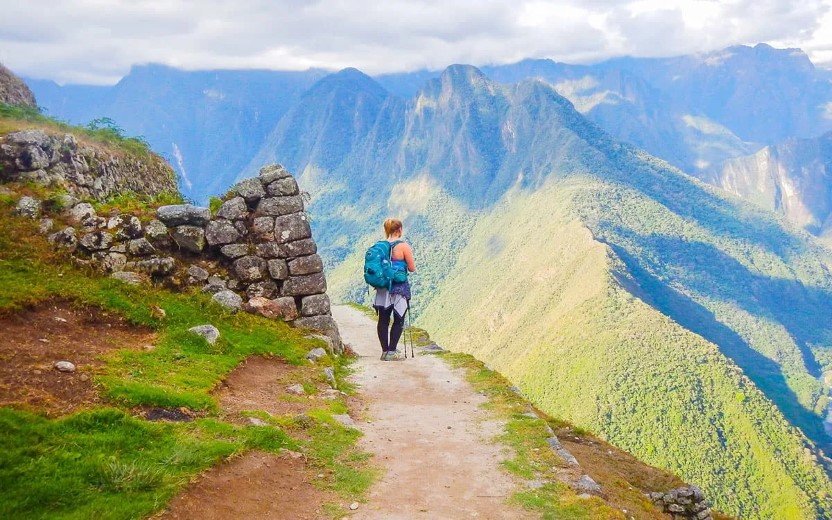
1. Is a guide required for the Inca Trail?
Yes, since 2001, it has been mandatory to hire an authorized guide to hike the Inca Trail. This ensures your safety and helps preserve the cultural heritage.
2. How to avoid altitude sickness on the Inca Trail?
Acclimatize in Cusco before starting the trek, stay hydrated, and avoid alcohol. If symptoms persist, consult a doctor.
3. What footwear is recommended for the Inca Trail?
Use waterproof hiking boots with good ankle support, as the terrain can be uneven and wet.
4. Is it cold on the Inca Trail in September?
Mornings and evenings can be chilly or cool, while daytime temperatures are warmer and more pleasant. However, in higher areas, temperatures can drop significantly, especially at night. To stay comfortable, it’s a good idea to layer your clothing, bringing a warm jacket or fleece, as well as gloves and a hat for the coldest hours.
5. Is there drinking water along the route?
Although there are water sources, it’s better to bring purification methods or consume the water provided by your tour agency.
6. How does altitude affect you on the Inca Trail?
The Inca Trail reaches over 4,200 meters (13,780 feet) in elevation, so it’s common to feel the effects of altitude sickness. Acclimatizing in Cusco before starting the hike is key.
The Inca Trail in September is an unforgettable experience that combines history, nature, and adventure. With favorable weather, breathtaking landscapes, and fewer crowds, it’s the perfect time to embark on this journey. Follow our tips, prepare properly, and enjoy one of the world’s most iconic treks.
Recommended Tours:

